
Girolamo Tiraboschi S.J. was an Italian literary critic, the first historian of Italian literature.
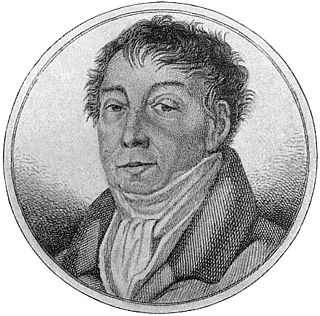
Luigi Marchesi was an Italian castrato singer, one of the most prominent and charismatic to appear in Europe during the second half of the eighteenth century.

il Giornale is an Italian language daily newspaper published in Milan, Italy.
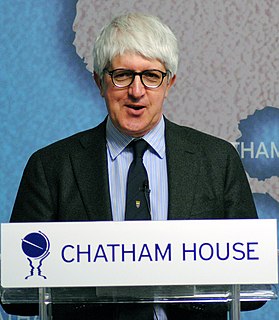
Giuseppe Severgnini,, known as Beppe Severgnini, is an Italian journalist, essayist and columnist.
Roberto Carifi, is an Italian poet, philosopher, and translator, supported since the beginning from Piero Bigongiari, one of the major exponents of Florentine Hermeticism. Considered one of the most important poet and intellectual of his generation he has been influenced by having a very difficult illness to cope with.

The Agenzia Nazionale Stampa Associata is the leading wire service in Italy. ANSA is a not-for-profit cooperative, whose members and owners are 36 leading news organizations in Italy. Its mission is the distribution of fair and objective news reporting.

Giuseppe Maria Galanti (1743–1806) was an Italian historian and economist, in the Kingdom of Naples.

Ferdinando Fontana was an Italian journalist, dramatist, and poet. He is best known today for having written the libretti of the first two operas by Giacomo Puccini – Le Villi and Edgar.

Giacomo Domenico Mario Antonio Pasquale Giuseppe Tritto was an Italian composer, known primarily for his fifty-four operas. He was born in Altamura, and studied in Naples; among his teachers were Nicola Fago, Girolamo Abos, and Pasquale Cafaro. Amongst his pupils were the young Vincenzo Bellini around 1821, plus Ferdinando Orlandi. He died in Naples.
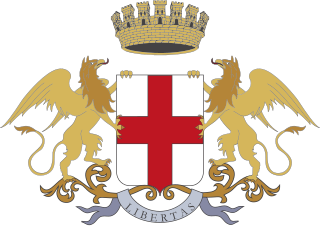
Giacomo Maria Brignole Sale was the 176th and 184th Doge of the Republic of Genoa, respectively from 1779 to 1781 and from 1795 to 1797. He was the last doge in the history of the Republic, and the only one elected twice, a unique case in the history of that Republic for the biennial election doges. After Brignole's dogeship the Genoese state and the office were abolished.

Grazioso Rusca was a Swiss sculptor who was also active in northern Italy.
Antonio Simeone Sografi, also known as Antonio Simon, or just Antonio, was an Italian librettist and playwright.
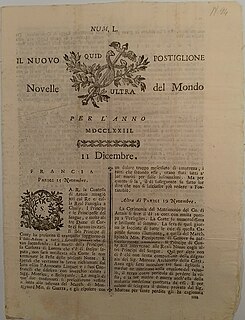
Il Nuovo Postiglione was a newspaper published in Venice from 1741 to 1816. With the exception of some short-lived and thematic gazettes, the Nuovo Postiglione remained the only newspaper covering foreign affairs printed in Venice from 1741 to 1778.
Gazzetta di Milano may refer to one of the following gazettes published in Milan in different times and by different publishers:
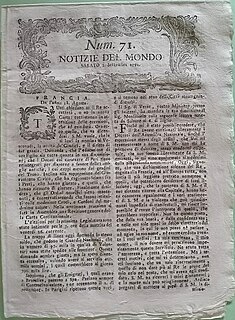
Notizie del mondo was a newspaper published in Venice from 1778 to 1812 and later in 1815. Along with the Nuovo Postiglione, it was the main newspaper covering foreign affairs printed in Venice in that time, arriving to circulation of more than two thousand copies.

Marco Giuseppe Compagnoni was an Italian constitutionalist, writer and journalist, considered the "father of the Italian flag", since he was the first to propose the official use of the flag of Italy for a sovereign Italian state, the Cispadane Republic, on 7 January 1797.

Eliodoro Bianchi was an Italian operatic tenor and later a prominent singing teacher. Born in Cividate al Piano and trained in Naples under Giacomo Tritto, he made his stage debut in 1793. Amongst the many roles he created during the course of his 40-year career were Baldassare in Ciro in Babilonia and the King of Sweden in Eduardo e Cristina, both of which were composed by Rossini expressly for Bianchi's voice. He retired from the stage in 1835 and spent his later years in Palazzolo sull'Oglio, where he died at the age of 75.

Gaetano Melzi was an Italian bibliographer and bibliophile.















